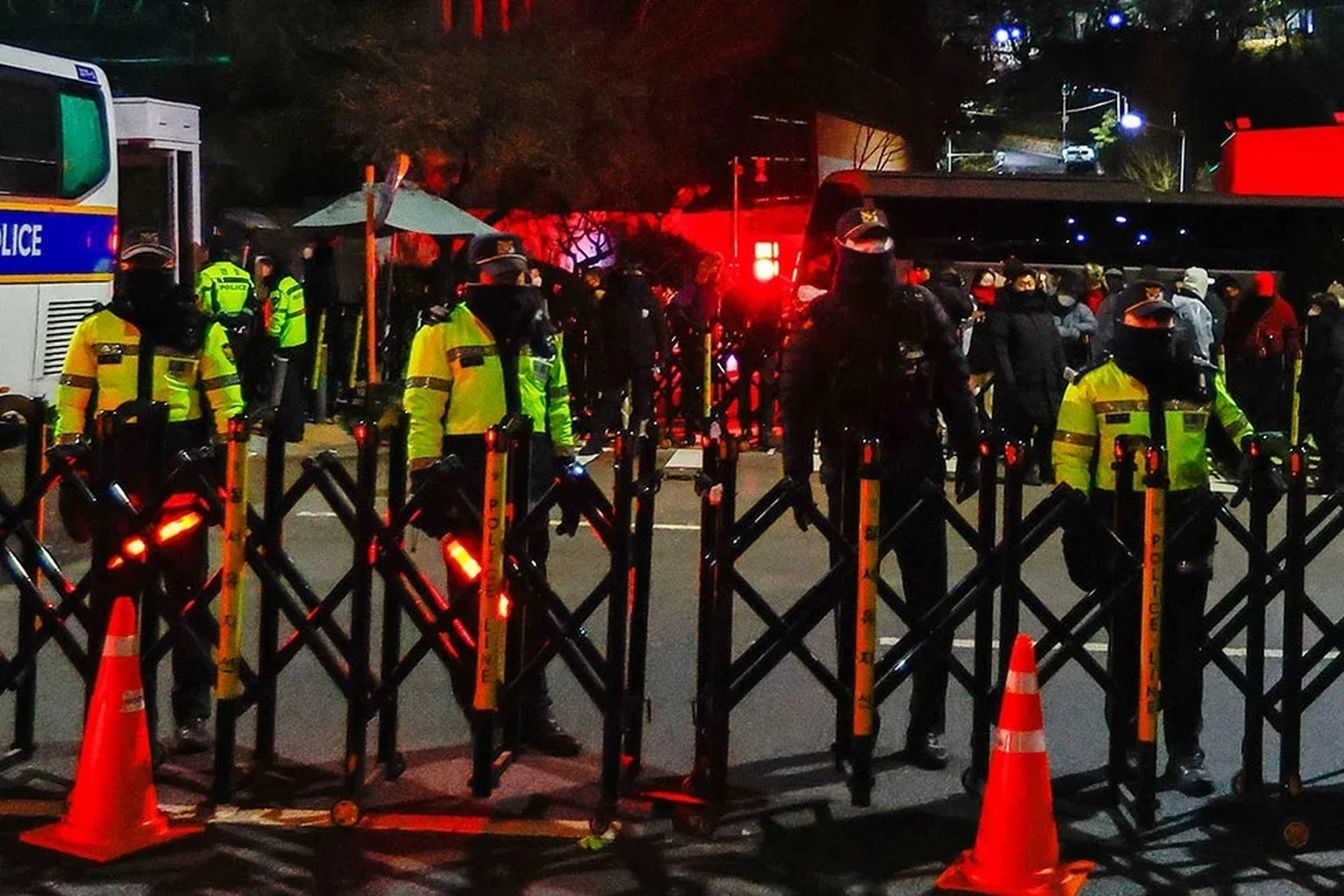
The arrest campaign began at midnight on January 15 (Photo: Getty).
At around 4 a.m. on January 15, a team of prosecutors from the Corruption Investigation Office (CIO) of South Korea, backed by about 3,000 police officers and the Ministry of National Defense , began an attempt to execute a second arrest warrant against President Yoon Suk-yeol at his private residence in Seoul.
Unlike the previous time, there were no clashes this time. However, according to the description of Yonhap news agency, the arrest operation was "as breathtaking as a roller coaster ride".
To guard against any possible situation as the crowd outside the presidential palace grew to 6,500, authorities deployed 54 riot police units and 3,200 security personnel.
After about an hour, the CIO investigation team's vehicle entered the police-protected route.
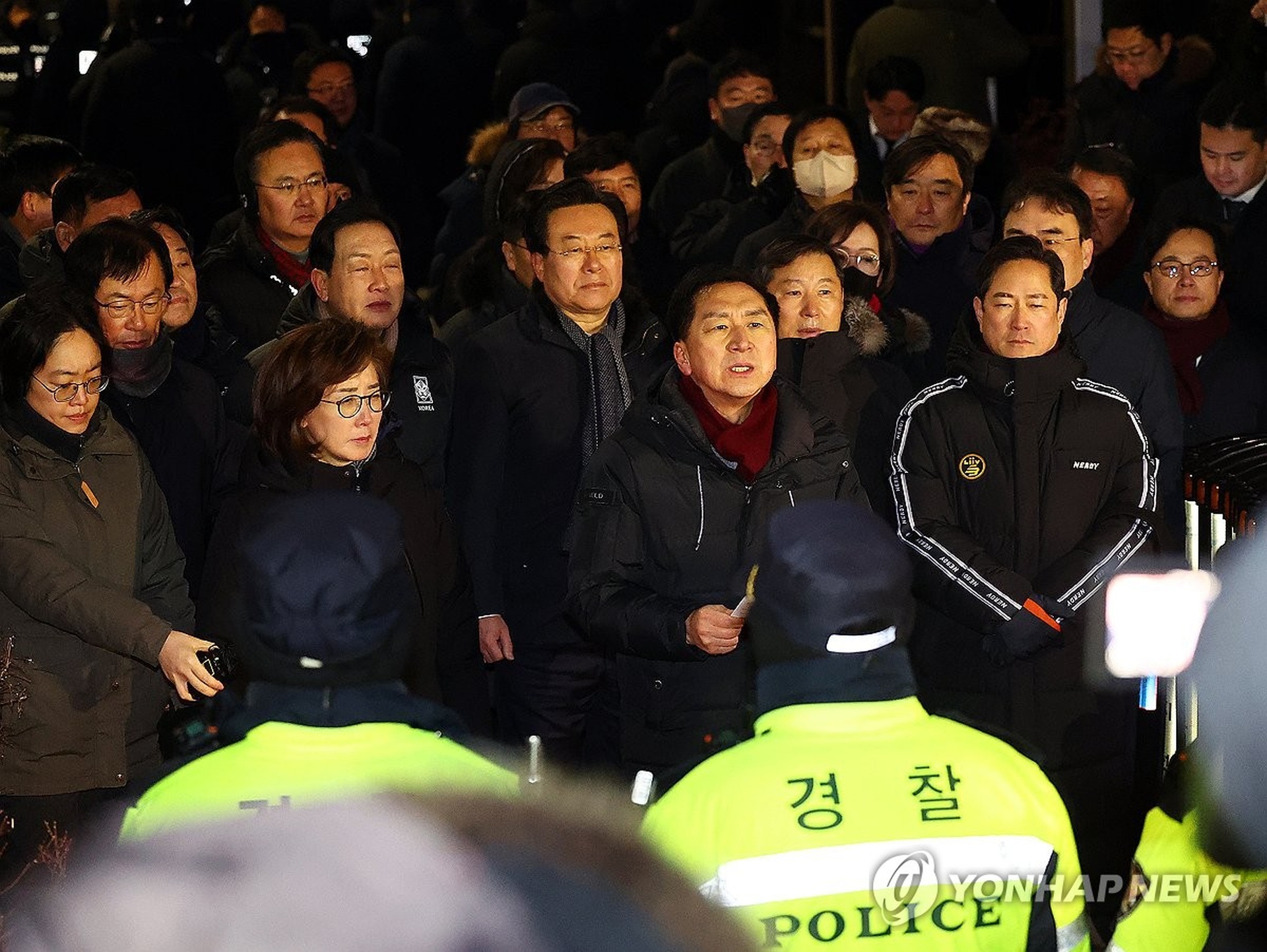
More than 20 lawmakers from South Korea's ruling party prevented prosecutors and police from arresting President Yoon (Photo: Yonhap).
The arrests began relatively peacefully. At 5:10 a.m., prosecutors and police presented arrest warrants and asked the PSS to cooperate, but were blocked by a group of lawyers and some ruling party lawmakers. They said: "This is not the legitimate execution of official duties."
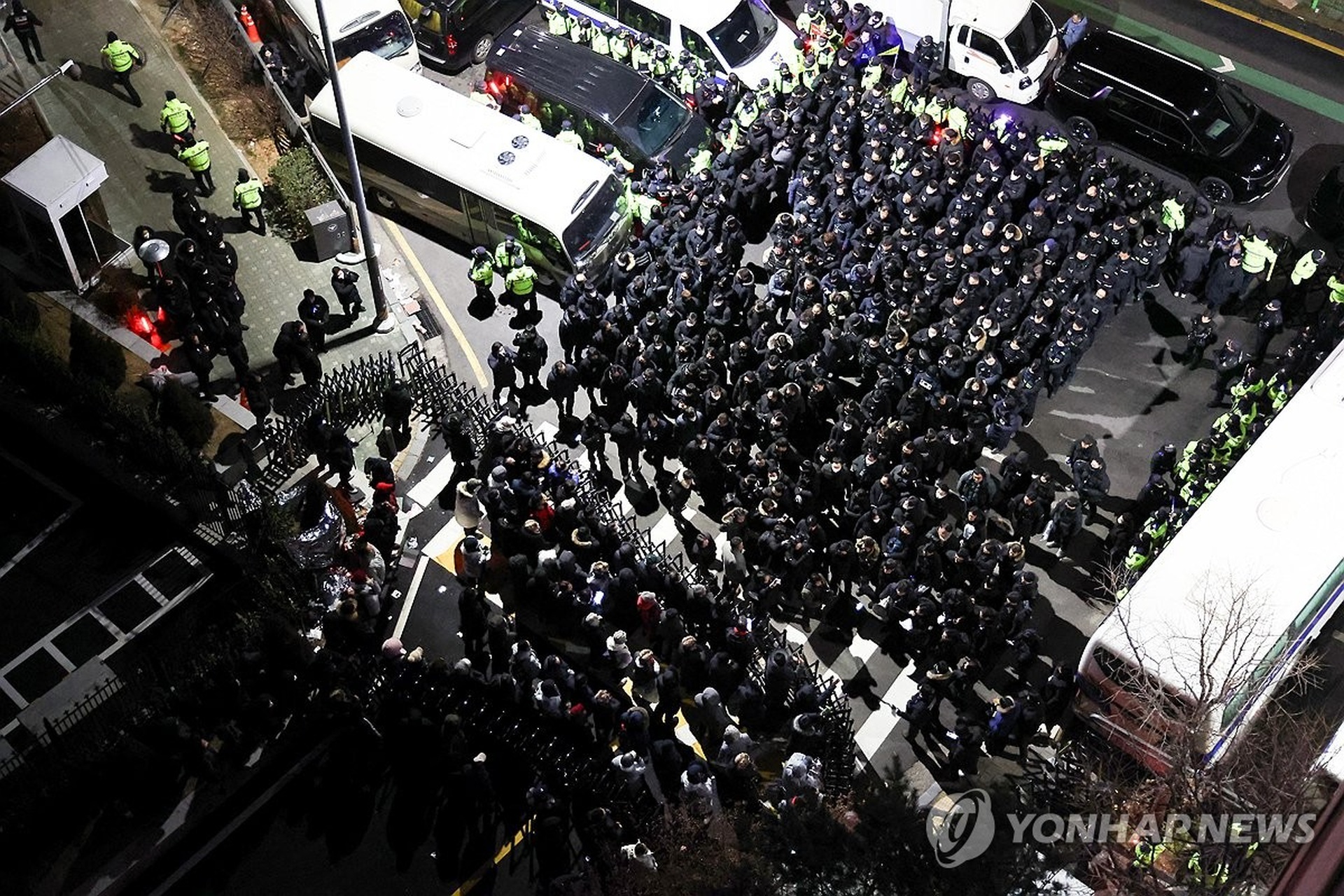
More than 3,000 police officers were deployed to assist in executing the President's arrest warrant (Photo: Yonhap).
The situation became chaotic as more and more protesters arrived and scuffles broke out. The arrest campaign seemed to be at a deadlock like the last time.
However, at around 7am, police began deploying ladders and cutters to cut through barbed wire and climb over obstacles to reach the President's residence. Heavy equipment such as cranes were also deployed to the site.
Police and investigators also sought access to President Yoon's residence via a nearby hiking trail.

Police use ladders to overcome obstacles set up by the President's security team (Photo: Yonhap).
At around 7:30 a.m., police and prosecutors entered the main gate of the mansion.
They crossed the first fence at 7:33, the second at 7:48 and the third at 7:57. Here, they joined the President's Chief of Staff and a team of lawyers inside the residence and began negotiations on the execution of the arrest warrant.
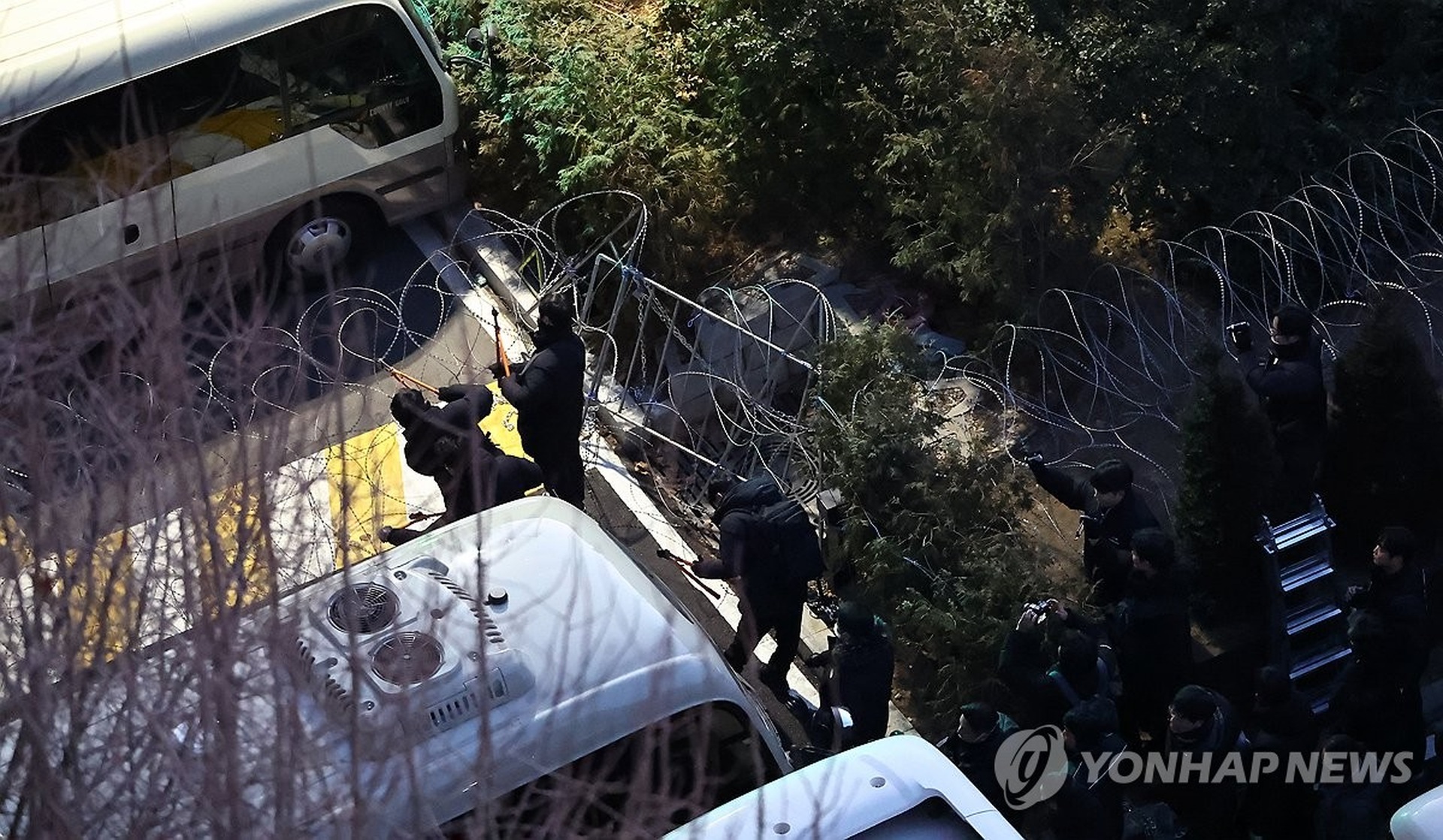
Police cut barbed wire to approach the Presidential Palace (Photo: Yonhap).
President Yoon's team is said to have asked the prosecutors and police to withdraw so that the President can present himself to the investigation agency. They also requested a change in the location of the interrogation.
However, these requests were rejected. After two hours of negotiations, the police and prosecutors arrested the President at 10:33 a.m. President Yoon was transferred to the CIO headquarters in Gyeonggi Province in a security vehicle.
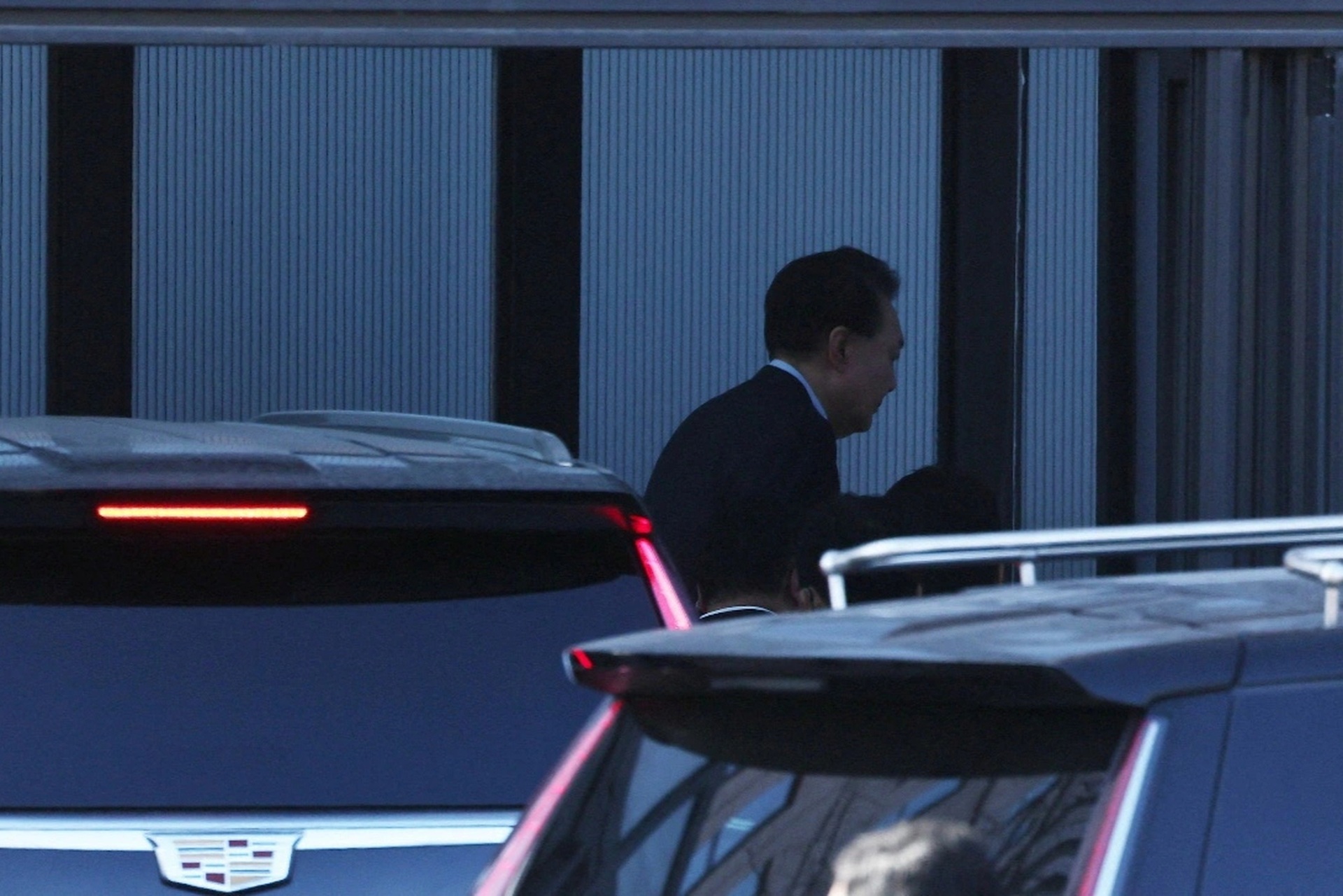
President Yoon appeared before the investigation agency (Photo: Reuters).
The questioning began at 11 a.m., led by CIO Deputy Director Lee Jae-seung, with President Yoon's legal team present.
The CIO is expected to focus its investigation on sedition charges against Mr. Yoon related to the martial law decree.
For the next 48 hours, President Yoon will be detained at the Seoul Detention Center in Uiwang, Kyunggi Province, about 16 kilometers south of the presidential palace. Prosecutors can request an extension of the arrest warrant if necessary.
For his part, South Korean President Yoon Suk-yeol said he agreed to appear before the investigation agency under the arrest warrant because he wanted to avoid the risk of bloodshed, but affirmed that the investigation against him was "illegal".
Source: https://dantri.com.vn/the-gioi/7-gio-bat-giu-tong-thong-han-quoc-nghet-tho-nhu-di-tau-luon-20250115114809620.htm








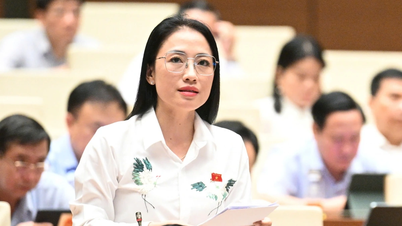

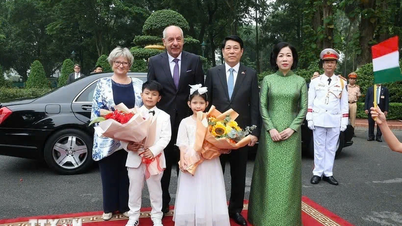
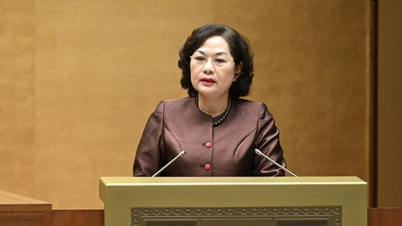

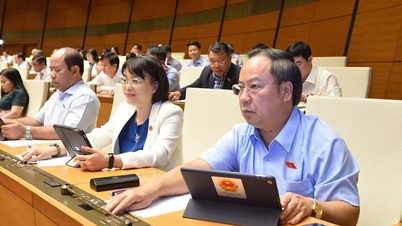

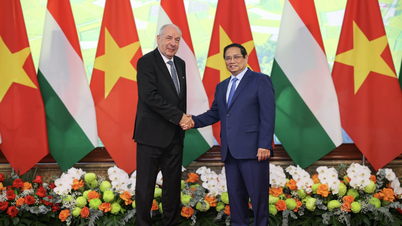

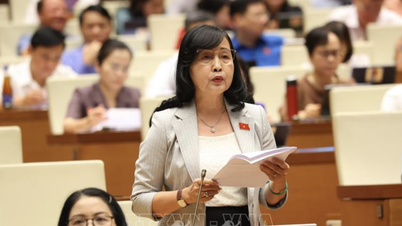





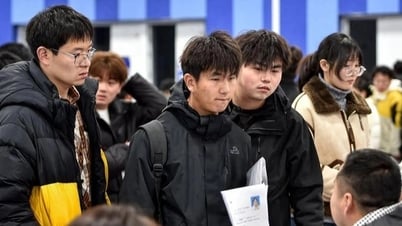
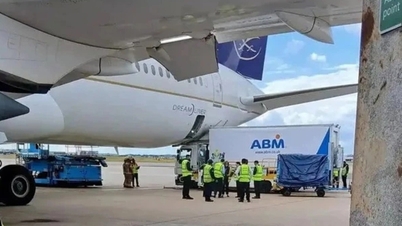



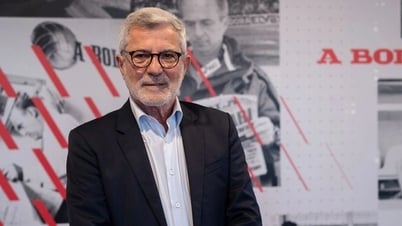
































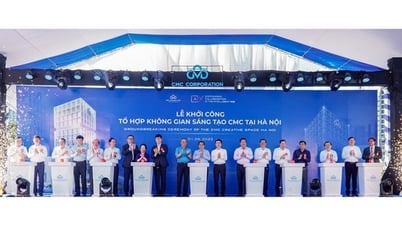

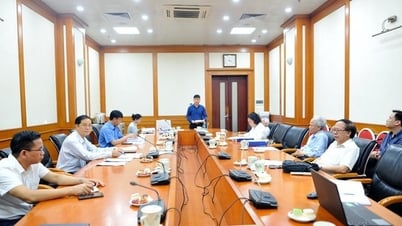









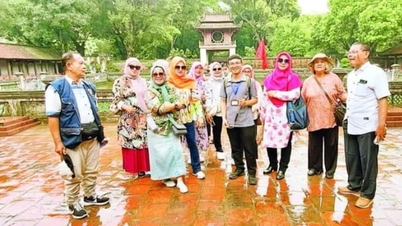

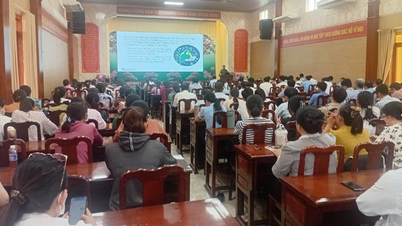
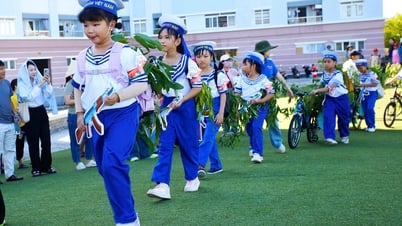

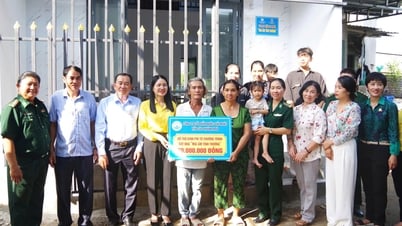
















Comment (0)